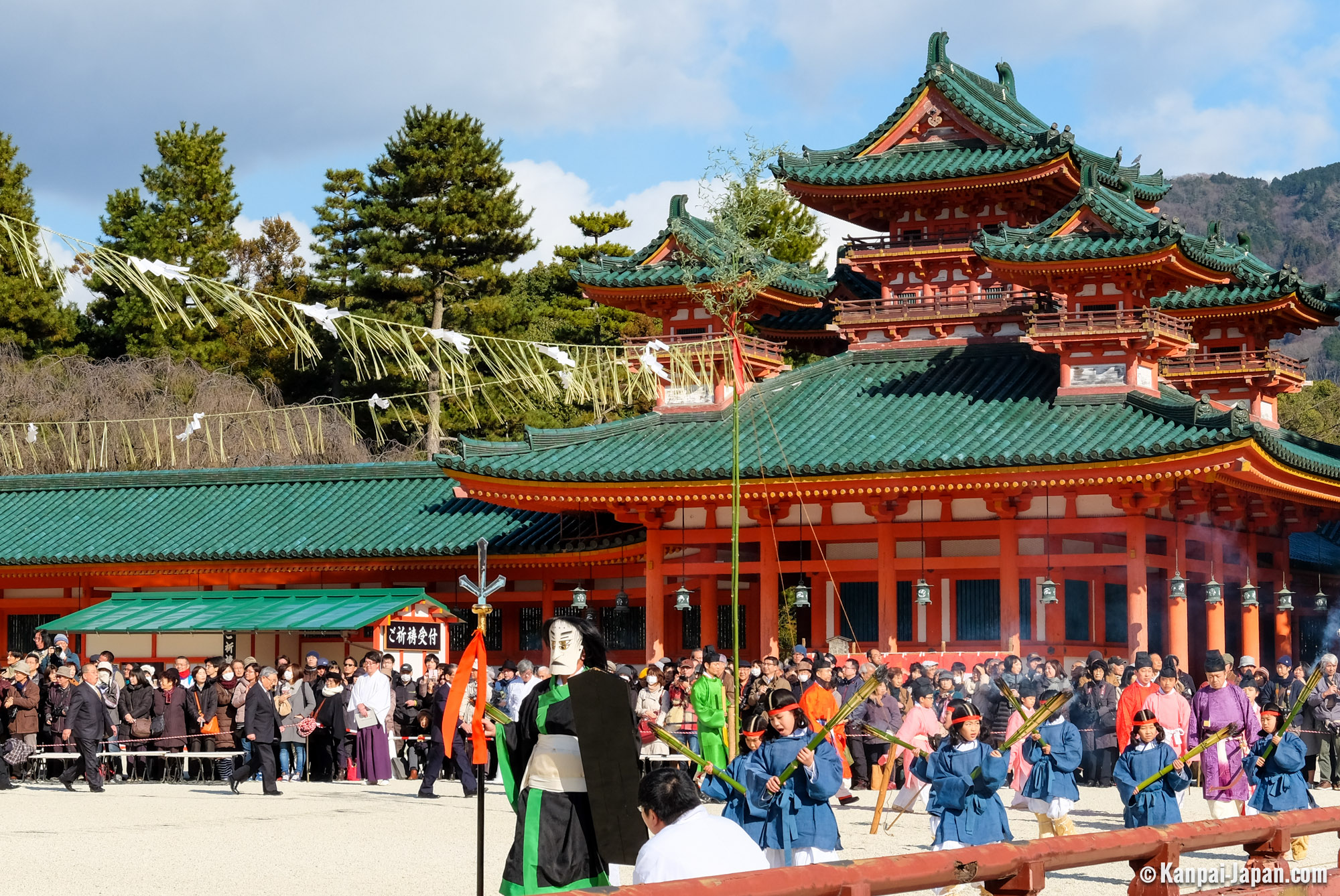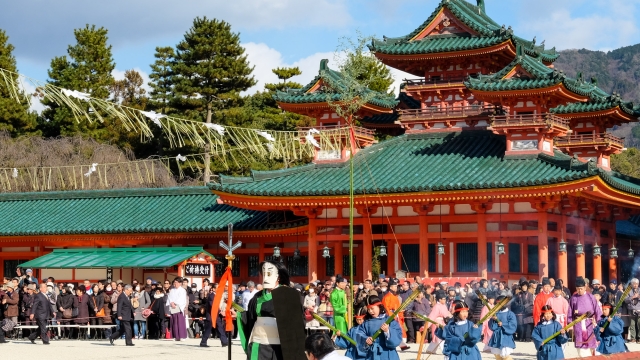
Nestled within the serene landscapes of Japan, Shinto shrines stand as timeless guardians of the nation’s spiritual heritage. These sacred sites are more than mere structures; they are living embodiments of the ancient beliefs and practices that have shaped Japanese culture for centuries. Each shrine whispers stories of the past, inviting visitors to explore the rich tapestry of traditions, rituals, and natural beauty that define the Shinto faith.
From towering torii gates that mark the entrance to sacred spaces to tranquil gardens that provide a peaceful retreat, Shinto shrines offer a glimpse into the spiritual heart of Japan. As one wanders through these enchanting sites, the air is often thick with a sense of reverence, reminding us of the deep connection between the Japanese people and nature, as well as the enduring legacy of their ancestors. Discovering the myriad Shinto shrines across the country reveals not only the extraordinary artistry of their architecture but also the profound significance they hold in everyday life and festivals.
神社 有名
History of Shinto Shrines
The history of Shinto shrines in Japan dates back to ancient times, deeply intertwined with the country’s spiritual and cultural development. Shinto, which translates to "the way of the kami," embodies the practices and beliefs surrounding the veneration of kami, or spirits, associated with natural elements and ancestral figures. The earliest forms of worship were likely simple nature rituals conducted in sacred spaces, such as groves or mountains, before more formal structures emerged.
As communities began to form, the need for designated places of worship became apparent, leading to the construction of shrines. The first recorded shinto shrines appeared around the sixth century, with the establishment of more organized and elaborate sites dedicated to specific kami. These shrines often served as both religious centers and community hubs, fostering social cohesion and cultural identity. Over centuries, architectural styles evolved, with the distinctive torii gate becoming a prominent symbol of Shinto shrines, marking the transition from the mundane to the sacred.
During the Heian period, the practice of shrine worship solidified, supported by the imperial court’s endorsement of Shinto as a legitimate spiritual path alongside Buddhism. This era saw the proliferation of shrines across the country, with many becoming prominent pilgrimage sites. The influence of Shinto continued to grow, shaping Japanese culture, art, and rituals, and laying a strong foundation for the myriad of shrines that dot the landscape of Japan today.
Architectural Features
Shinto shrines in Japan are renowned for their distinctive architectural style, which reflects the harmony between nature and the divine. Unlike temples found in other religious traditions, Shinto shrines exhibit a simplicity that emphasizes natural materials such as wood, stone, and thatch. The structures often blend seamlessly into their surroundings, showcasing a deep respect for the environment. This approach not only enhances the shrine’s beauty but also signifies the belief that the divine spirit resides in nature itself.
One of the most recognized features of Shinto architecture is the torii gate, a striking symbol that marks the entrance to sacred spaces. These gates, often painted in vibrant vermilion or left in their natural state, act as a threshold between the physical world and the spiritual realm. As visitors pass through a torii, they transition into a space of reverence and tranquility, setting the tone for their spiritual experience. The design of torii gates varies regionally, reflecting local styles and traditions, yet they all maintain the essential purpose of delineating sacred ground.
The main shrine structure, known as the honden, serves as the focal point of worship and houses the kami, or spirit. Each honden is uniquely crafted, with various styles including shinmei-zukuri, sumiyoshi-zukuri, and nagare-zukuri, each showcasing different elements of aesthetics and construction techniques. Often elevated on stilts, the honden is designed to evoke a sense of lightness and connection with the celestial. The overall layout of a shrine often includes auxiliary buildings, offering halls, and serene gardens, creating a peaceful environment for meditation and reflection, embodying the spiritual essence of Shinto practices.
Cultural Significance
Shinto shrines in Japan serve as vital centers for the spiritual and cultural life of communities. They embody the beliefs and practices of Shinto, which is the indigenous faith of Japan. Each shrine is a sacred space where individuals honor kami, the spiritual beings that represent natural elements, ancestors, and other powerful forces. This connection fosters a sense of belonging and continuity with the past, as generations come together to engage in rituals and festivals that are deeply rooted in their local customs.
The architectural design of Shinto shrines reflects the religious and aesthetic values of Japanese culture. Often featuring wooden structures, ornate torii gates, and beautiful natural surroundings, these shrines create a serene atmosphere conducive to reflection and worship. The rituals performed at shrines, such as purification rites, offerings, and prayer, highlight the respect for nature and the emphasis on harmony in Shinto beliefs. Such practices ensure that the cultural heritage of Japan is preserved and cherished through the ages.
Moreover, Shinto shrines play a significant role in Japanese festivals, known as matsuri, which are celebrated throughout the year. These events not only honor the kami but also strengthen community bonds and bring together people from varying backgrounds. The joy and vibrancy of these celebrations, filled with traditional music, dance, and food, showcase the living tradition of Shinto. As such, the shrines and their activities remind us of the importance of maintaining cultural identity and fostering a deep respect for nature and spirituality in everyday life.
Visiting Notable Shrines
One of the most iconic Shinto shrines in Japan is Fushimi Inari Taisha, located in Kyoto. Renowned for its thousands of vibrant vermilion torii gates, this shrine is dedicated to Inari, the deity of rice and agriculture. Visitors can embark on a scenic hike up the sacred Mount Inari, meandering through the torii-lined trails that create a mesmerizing experience of spirituality and nature intertwined. The shrine, active since the 8th century, captures the essence of Shinto belief, making it a must-visit for anyone seeking connection with Japan’s ancient traditions.
Another noteworthy shrine is Isukushima Shrine, situated on Miyajima Island. This UNESCO World Heritage site is famous for its picturesque setting, particularly the iconic floating torii gate that appears to rise from the water during high tide. The shrine is dedicated to the three daughters of the sea god, and its unique architectural style blends harmoniously with the island’s natural beauty. Visiting Isukushima offers an immersive experience, allowing guests to appreciate the serene atmosphere and the spiritual significance of the location.
Finally, no exploration of Shinto shrines would be complete without mentioning Meiji Shrine in Tokyo. Nestled in a tranquil forested area, this shrine honors Emperor Meiji and Empress Shoken, who played pivotal roles during Japan’s modernization. Visitors can participate in traditional rituals, such as writing wishes on wooden plaques, and experience the peaceful ambiance away from the bustling city. Meiji Shrine stands as a central representation of Shinto practices in urban Japan, making it an essential stop on any pilgrimage to understand the depth of this ancient faith.




